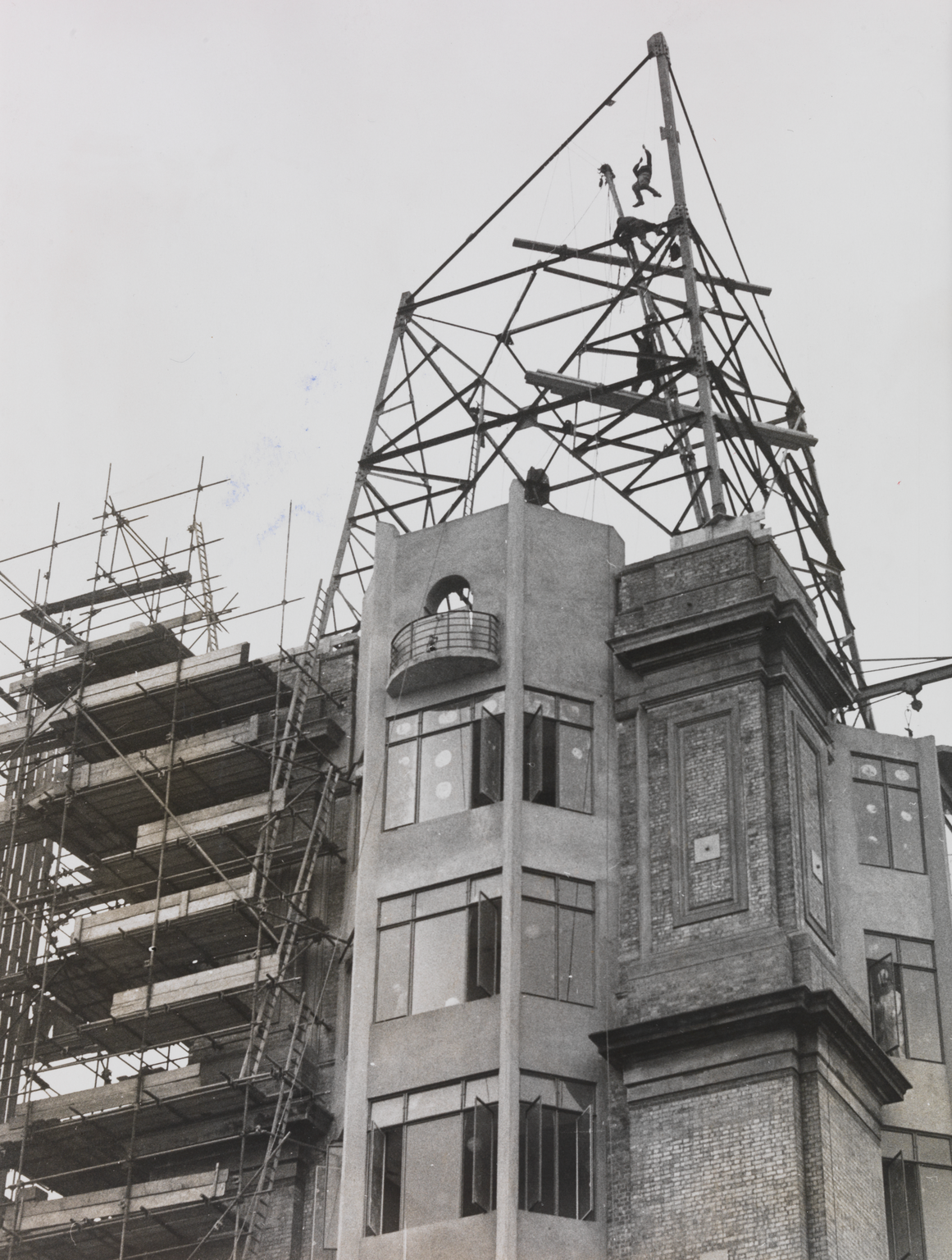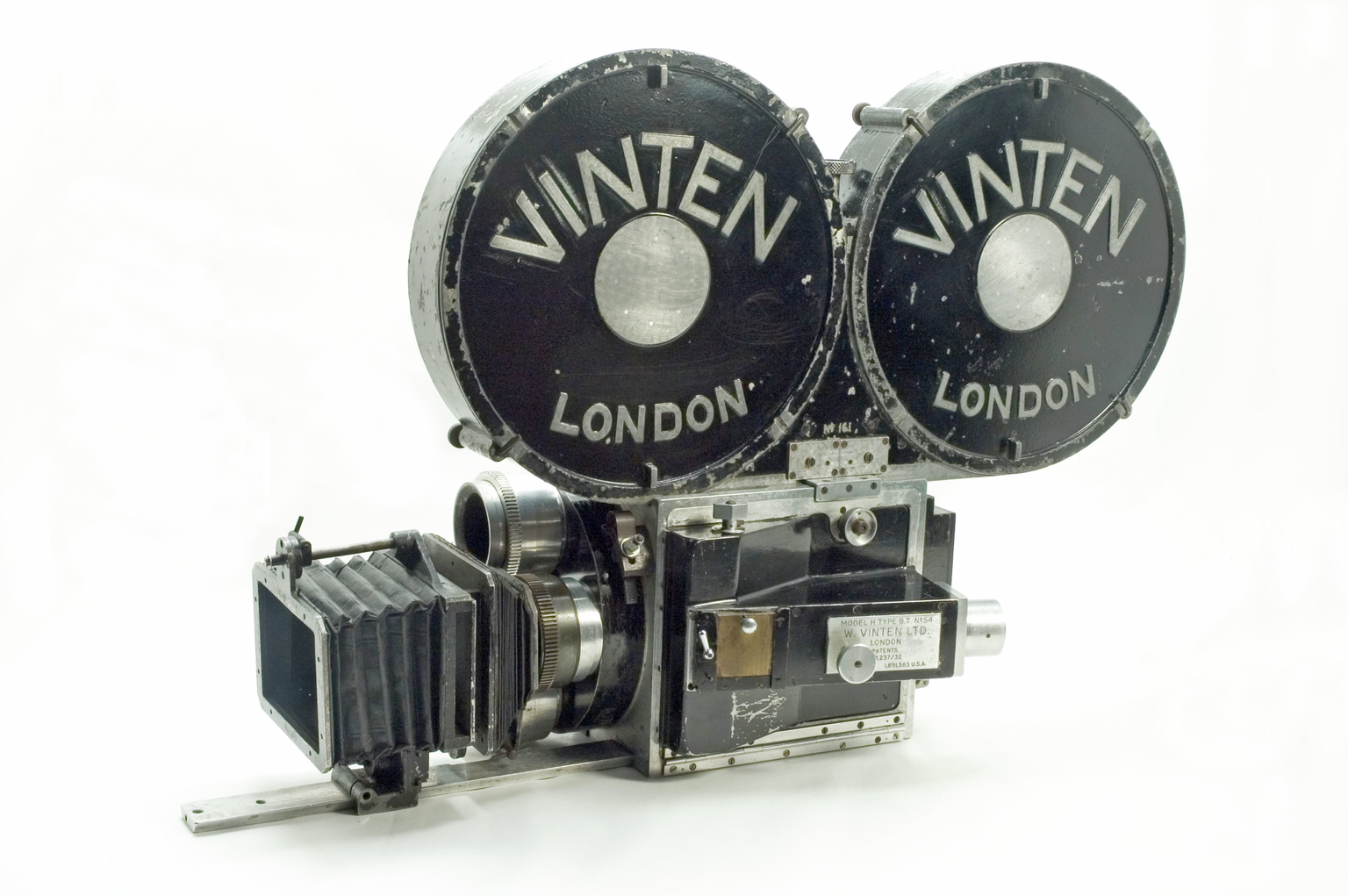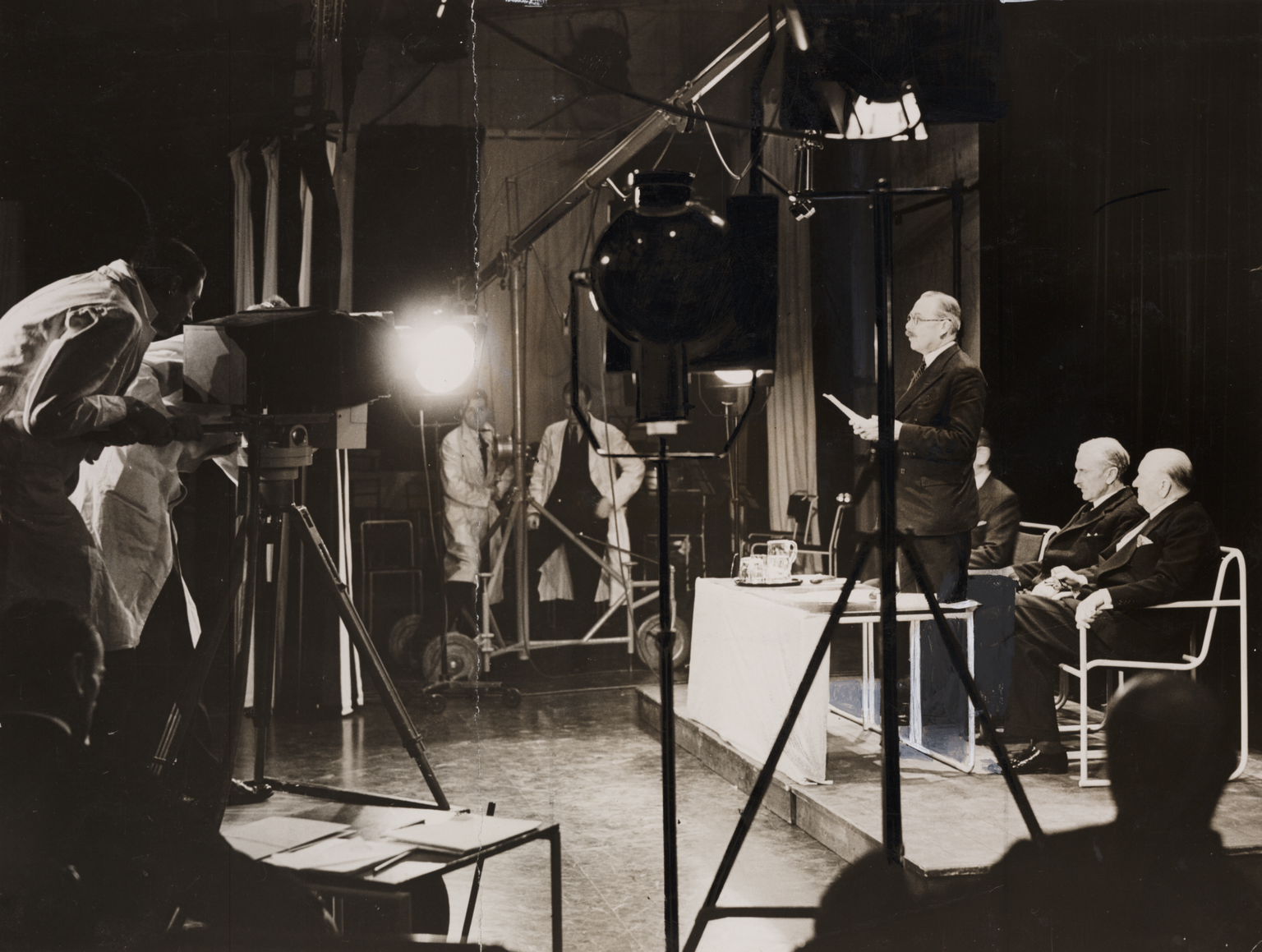I grew up in Muswell Hill, a leafy suburb of North London, home of The Kinks, Fairport Convention, Wetherspoons, Britain’s first film studio* and Alexandra Palace.
‘Ally Pally’ (as us locals call it**) was heralded as the Victorian ‘people’s palace’, opened in 1873 and intended to rival Crystal Palace in grandeur and popularity. Famously, the building was wrecked by a fire that broke out just sixteen days after the palace had opened. It’s also famous for becoming the birthplace of British television as we know it.

Today marks the 80th anniversary of the inauguration of the world’s first regular series of high-definition television broadcasts. This is not to be confused with the earliest television broadcasts; early television is complicated. After John Logie Baird’s pioneering development and demonstrations of television in the 1920s, Baird began producing low-definition 30-line television broadcasts for the BBC using existing radio infrastructures, and from 1932 the BBC began producing its own low-definition television programmes using Baird equipment. From 1934 to 1936, Baird continued to develop broadcast television from his company studios in Crystal Palace (before it suffered its own devastating fire). Apparently the Television Advisory Committee considered Crystal Palace for the site of the new London station of the BBC, as well as Heath House and Tudor House, but Alexandra Palace had the right mix of height, space and proximity to the BBC’s Maida Vale studio.
The BBC leased the east wing of Alexandra Palace in 1935, and erected a huge transmitter and installed two television studios that housed rival systems for broadcasting television: Marconi-EMI in Studio A, Baird Television Ltd in Studio B. In the initial few months of television broadcasts, the BBC would alternate between these two systems and the opening ceremony was broadcast twice, first from the Baird studio and later from the Marconi-EMI studio! This period of experimentation and competition left behind some fantastic, singular objects.

The Marconi-EMI system was a fully electronic system, where Emitron cameras were fitted with bulbous cathode ray tubes that scanned the scene from left to right, top to bottom, and produced 405-line interlaced images. The National Science and Media Museum has several of these original Emitron cameras. These models have been adapted to fit a longer tube inside, which is the reason for their distinctive ‘nose’. If you recognise some of the jargon that will be because this system became the standard for British television up until the roll-out of the new 625-line UHF standard in the 1960s. The cameras themselves were in use at Ally Pally well into the 1950s.

The Baird system of 240-line sequentially scanned television utilised different technologies. In fact, a camera we have from the Baird studio may look a little strange as it is actually a 35mm Vinten film camera. Baird Television used an intermediate film system, where the scene would be shot on a film camera placed directly above a sequence of tanks to allow for nearly instantaneous development, fix and scanning. This was not the only technology used in Studio B (in fact, the camera in the image below is an Electron camera, housing an electronic tube), but the intermediate film system is one of the most cited reasons why Marconi-EMI won out against Baird, as the system was deemed too cumbersome and dropped after a few months.
Yet it was Baird Television that won the coin toss that decided which system was to go first when broadcasting the inauguration of the British Television Service, and so it was in Studio B that the then Chairman of the Board of Governors of the BBC, RC Norman, welcomed some of the first ‘lookers-on’ to television:
We are met, some in this studio at the Alexandra Palace and others at viewing points miles away, to inaugurate the British Television Service.

Tonight BBC 4 will be broadcasting a daring attempt to re-stage that opening ceremony—keep an eye out for cameo appearances from our objects! This follows from the news that Alexandra Palace has been granted a Heritage Lottery Fund to restore the east wing, including those historic television studios which will house a new visitor experience (with a little assistance from us at the museum). This Muswell Hillbilly can’t wait.
You can see objects from the early years of television by booking a research trip or a tour of our Insight: Collections and Research Centre.
*The studio built by Robert Paul. Incidentally, we also have several pieces of technology that Paul donated to the Science Museum in 1913.
**Some claim it was Gracie Fields who first called the palace Ally Pally, but I’m not so sure. Also, Ally Pally is actually placed between Muswell Hill and Wood Green (its postcode is N22), but it’s still barely ten minutes from my parents’ old house.